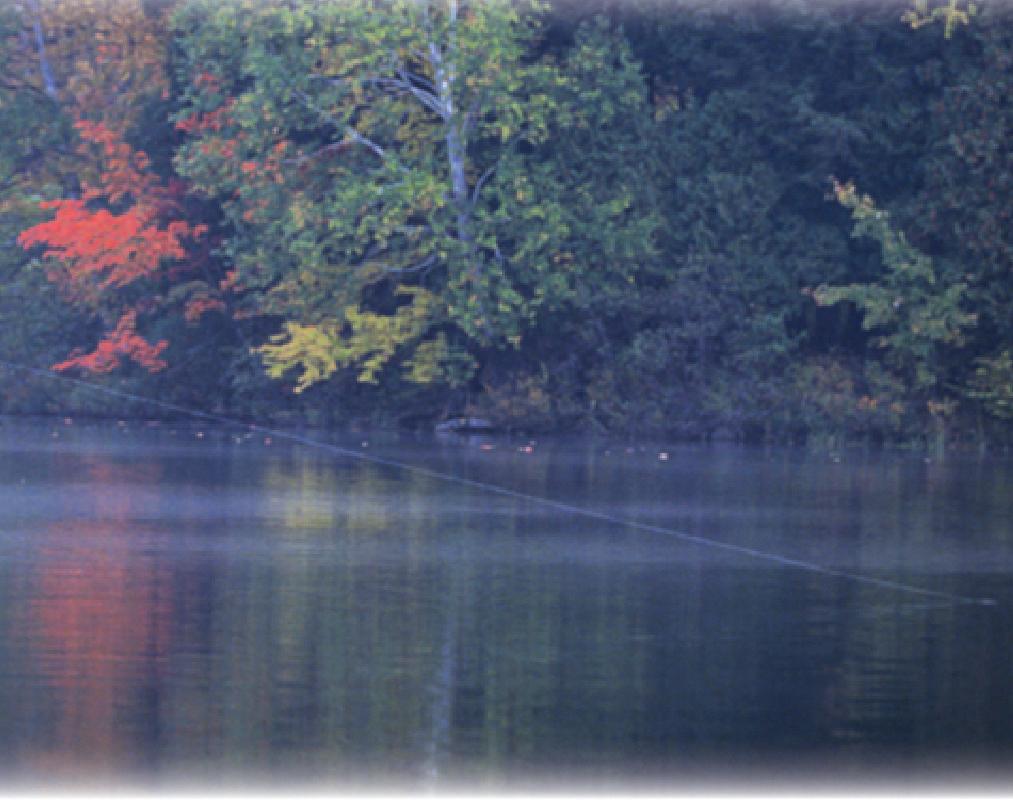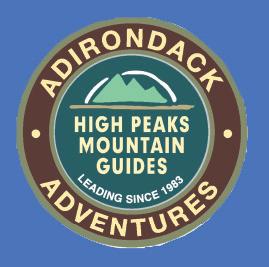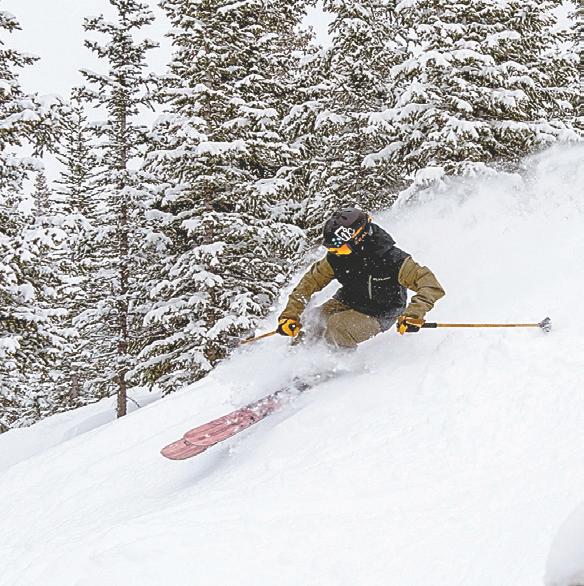Fall







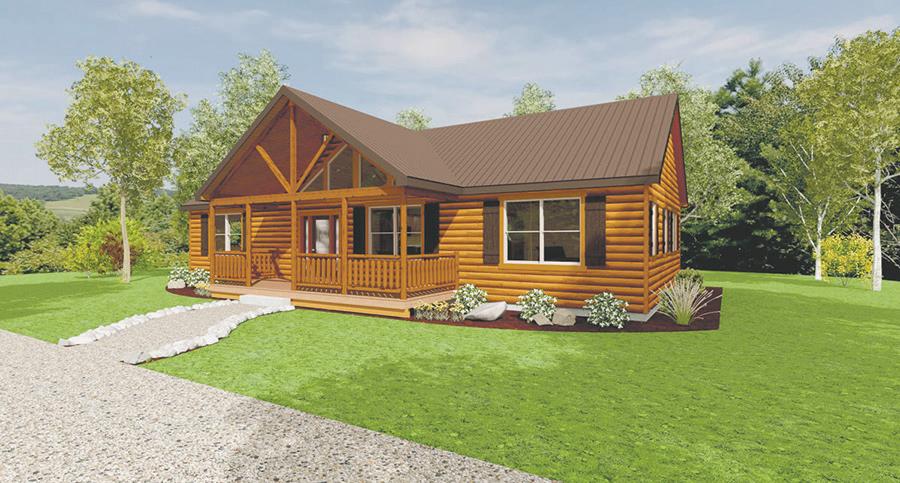





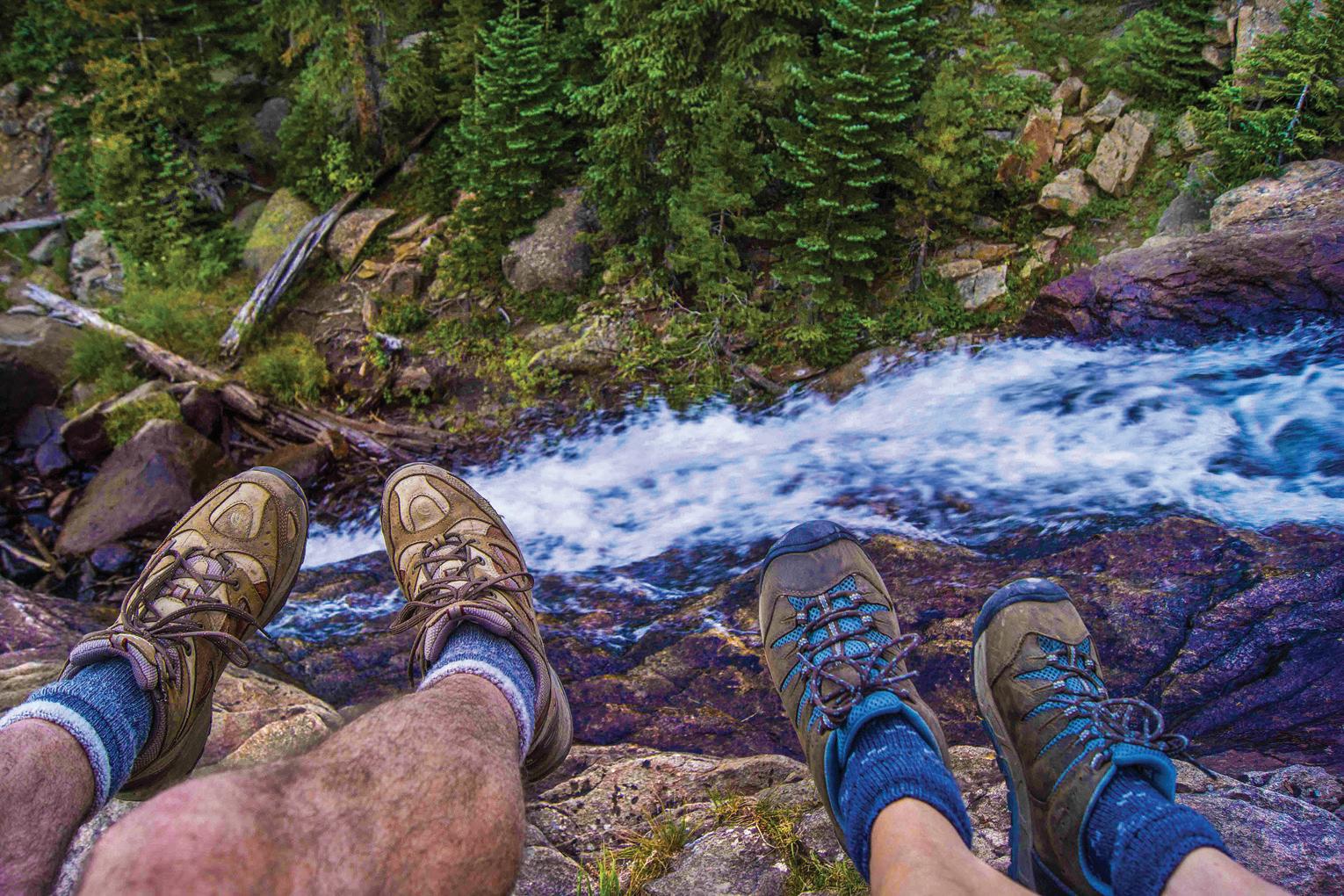


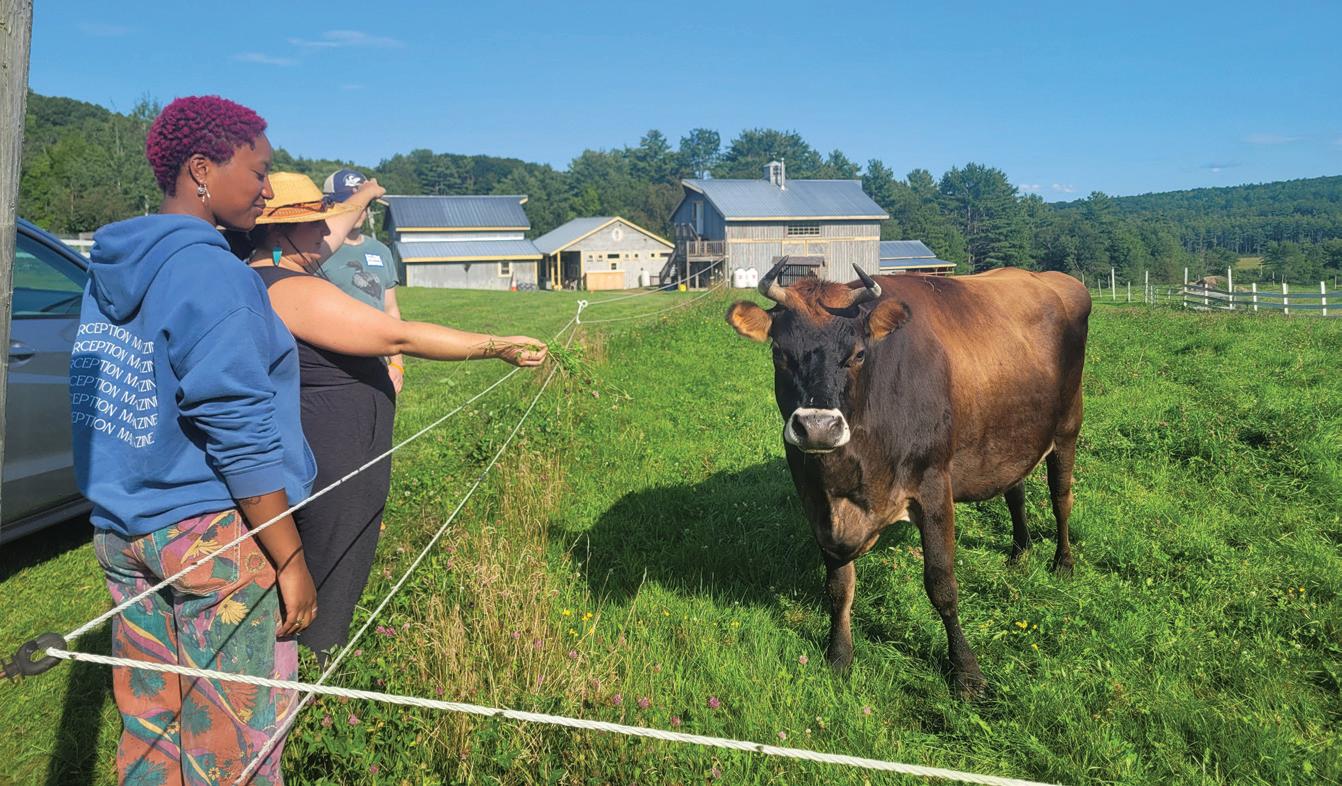



















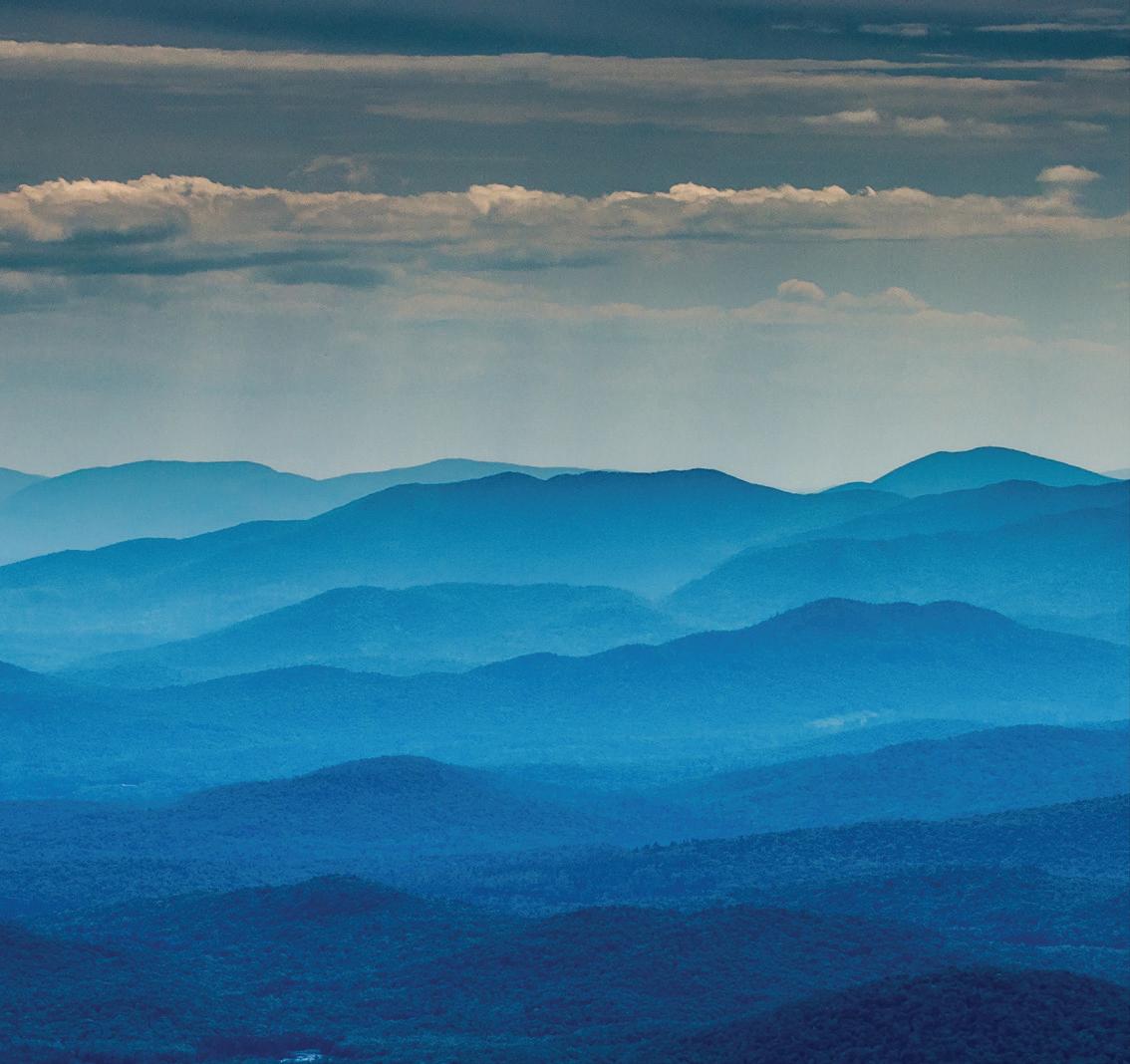
Hunting draws millions of people into the great outdoors every year. Many avid hunters feel hunting is a great way to actively participate in nature while also taking responsibility for procuring one’s own food. Hunting requires discipline, dedication, patience, and, perhaps most important, a commitment to safety. By prioritizing safety on each hunting trip, seasoned and novice hunters alike are acknowledging the potential dangers of this beloved outdoor activity while doing everything they can to ensure the trip is as safe as possible. Because safety plays such a vital role in successful hunting trips, hunters of all experience levels can benefit from a refresher course on the safety measures they should take each time they go on the hunt.
¯ Treat all firearms as if they’re loaded. Treating all firearms as if they’re loaded ensures hunters won’t be tempted to engage in the kind of fooling around that can contribute to tragic accidents. This approach can reduce the risk of firearm-related accidents or injuries, and can be an especially effective way to teach youngsters about the dangers of firearms and the correct ways to mitigate those dangers.
¯ Keep your finger off the trigger and only point at what you plan to shoot. Keeping your finger off the trigger until you’re ready to shoot ensures you won’t accidentally discharge your firearm. In addition, never point your firearm at anything other than what you plan to shoot.
¯ Know the forecast and dress appropriately. Firearms are not the
only risk to hunters’ safety. Inclement weather can put hunters at the mercy of Mother Nature. According to the Mayo Clinic, hypothermia, which occurs when the human body loses heat faster than it can produce heat, can affect hunters who are unable to get out of wet clothes or move to warm, dry locations as their bodies lose heat. In addition, hunters may be at risk of hypothermia even if temperatures are hovering around 50 F. Before embarking on a hunting trip, hunters should read the forecast of the areas where they will be hunting and dress accordingly. Outer layers that repel water can help keep hunters dry, and hunters also should avoid wearing cotton, which retains moisture and can increase their risk for hypothermia. Clothing made with moisture-wicking fabrics is a great alternative to cotton.
¯ Share your plan with others. Returning home safe is the ultimate goal for hunters, and that’s more likely to happen when hunters share their hunting plans with others. Let someone, ideally a spouse, parent, roommate, or sibling, know when and where you will be hunting and when you expect to return by. Direct this loved one to call the local authorities if you do not call by a predetermined time. This can dramatically reduce the time it takes to find you if you become injured on your hunting trip and prove unable to get back to your vehicle safely.
*Always wear orange when in the woods, especially in the fall during hunting season. Even if you’re just birding or hiking, make sure to wear orange, so you’re not mistake for prey.
Winter is just around the corner, which means no more bugs! No black flies, no mosquitoes, just frostbite and fun. However, on the warm days of winter you may find an Adirondack Park creature with a menacing name, but no bark to its bite.
The snow flea (Hypogastrura harveyi or Hypogastrura nivicola) can be seen when the days start to get longer, often in large groups that cover the snow and jump about. And even though I was talking about black flies, mosquitoes, and no-see-ums above, snow fleas are more closely related to crustaceans than insects.
Snow Fleas
Snow fleas, or springtails, are a wide-spread, six-legged being found throughout much of North America. What makes them so unique and interesting is that they are often only seen when there is

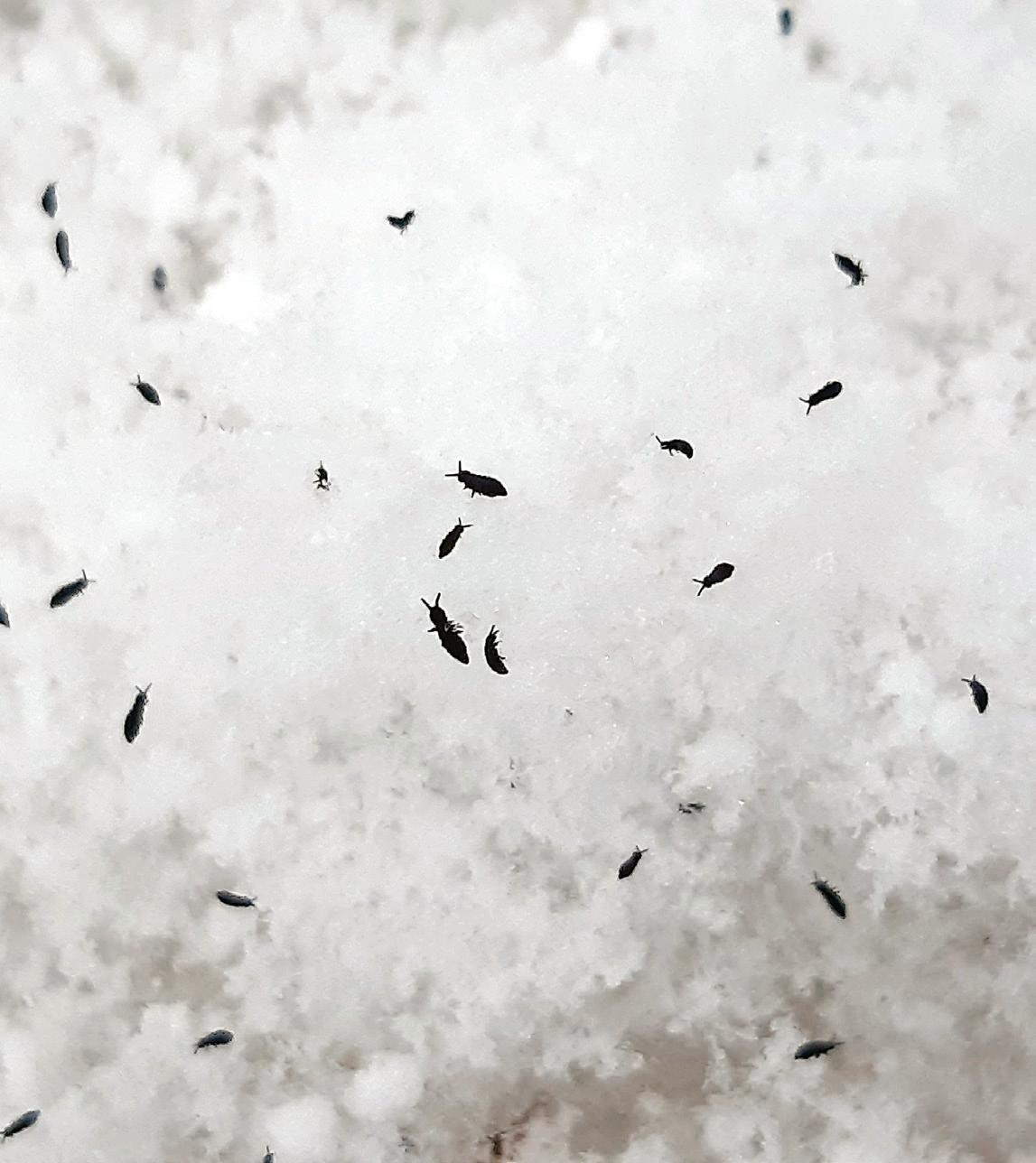
snow on the ground, where their dark bodies stand out against the white of the snow.
They look and act similar to regular fleas, being about the same size (1/16th of an inch) and jumping fairly large distances. Snow fleas don’t bite the way actual fleas do, but the other major difference is that fleas jump like grasshoppers, with large back legs. Snow fleas actually use their tails to fling themselves into the air, which is why they also go by the common name of springtails.
“This is an abundant species in our forest, in the winter and fore part of spring,” Asa Finch wrote in his 1847 book Winter Insects of Eastern New York. “At any time in the winter, whenever a few days of mild weather occur, the surface of the snow, often, over whole acres of woodland, may be found sprinkled more or less thickly with these minute fleas, looking, at first sight, as though gunpowder had been there
Continued on page 5
scattered. Hollows and holes in the snow, out of which the insects are unable to throw themselves readily, are often black with the multitudes which here become imprisoned.”
In 1902, Justus Watson Folsom classified snow fleas into three species, and further scientific research has placed them with other hexapods, which are related to crustaceans.
The size of individual snow fleas may make them seem insignificant, but in addition to their local ecological role, snow fleas are also on the cutting edge of scientific research.

While generations of Adirondack insects, plants, and mammals essentially hibernate all winter, snow fleas are able to be active for one specific reason: they’re full of antifreeze. According to studies, snow fleas have proteins that inhibit ice crystal growth, which could have implications on research for organ transplants for humans as well as food preservation. Their scientific significance is just one more reason why preserving the ecological integrity of the Adirondack Park, for the
large and small, is so important.
Their Role
When not captivating folks in the winter, snow fleas play an important ecological role by eating and helping to break down organic matter such as leaves and fungi. And while we may be talking about them because it’s
winter, they are active in Adirondack soils all summer long, just so small that we rarely notice them.

After the snow melts, snow fleas mate, and a new life cycle begins. Snow fleas molt their exoskeleton several times during the warmer months until they’re fullgrown adults. Snow fleas remain active in their habitat all year, and
one reason they are seen on late winter days is because they are hungry and looking for more food.
“They eat leaf litter, live plant material, algae, fungi, [and] other microorganisms like protozoans and nematodes,” the Vermont Agency of Agriculture Food and Markets says. “In the food chain, they are both predators and prey.”



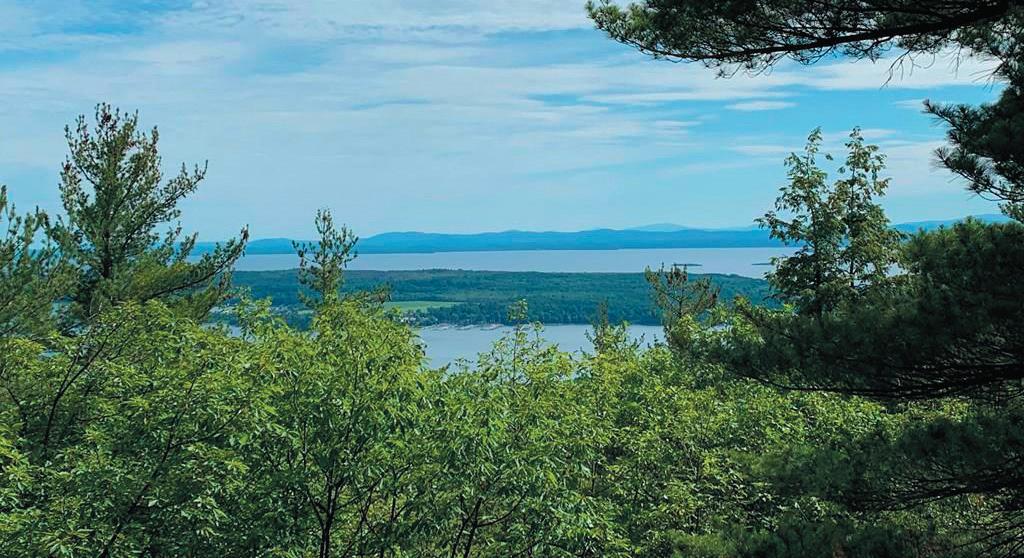






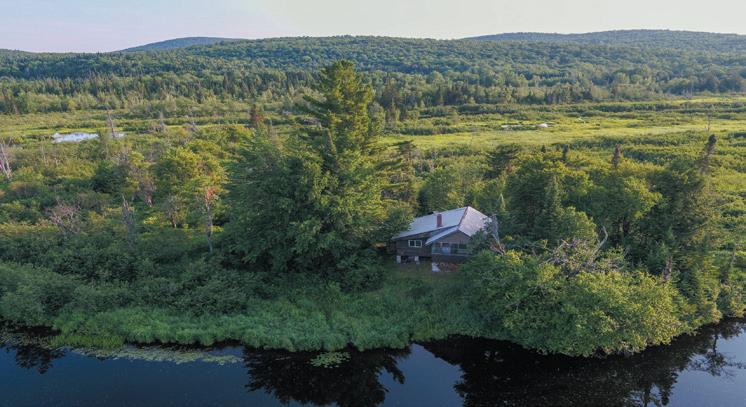


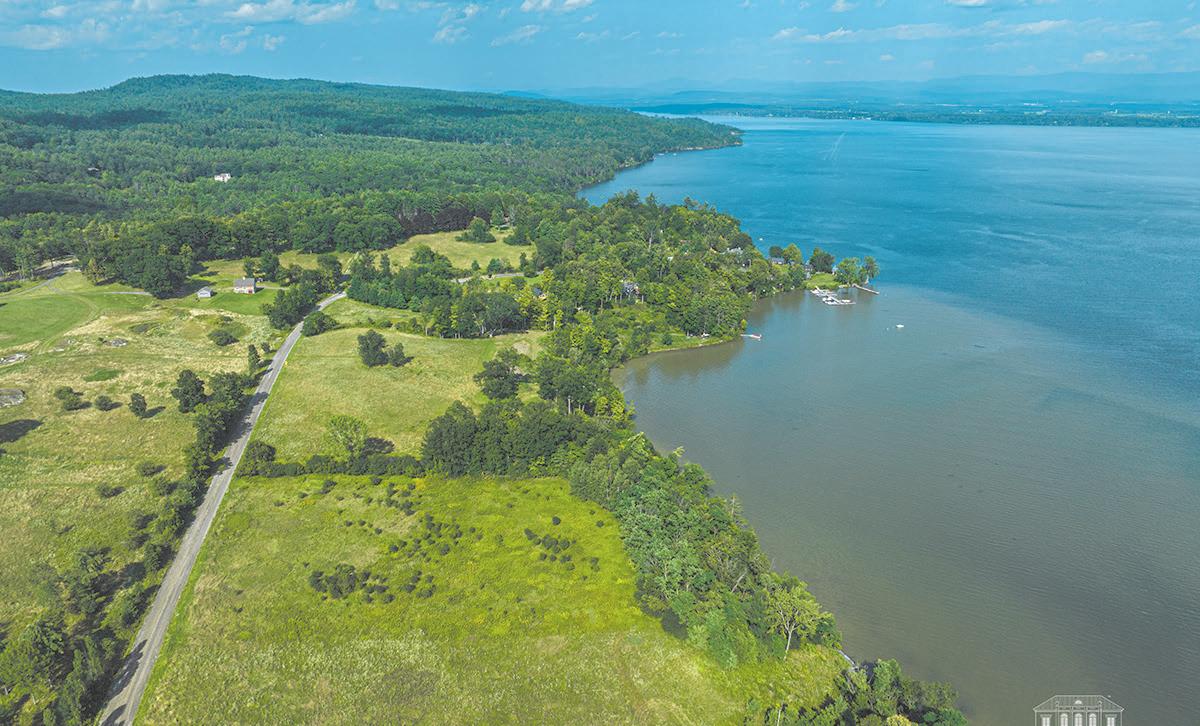
The “1833” house. 3,335 Sq. ft. 5 bedrooms, 3.5 baths on 1 acre. Detached 2 car garage with a 1 bedroom income producing apartment. Fantastic location. Private, yet close to Main Street. Partial views of Lake Champlain. $695,000

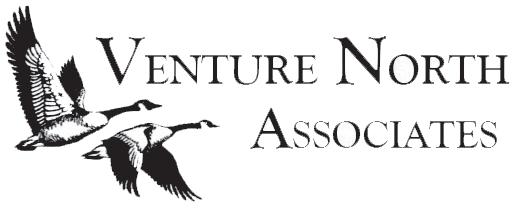



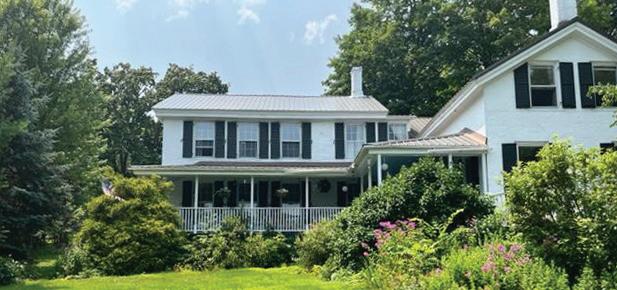


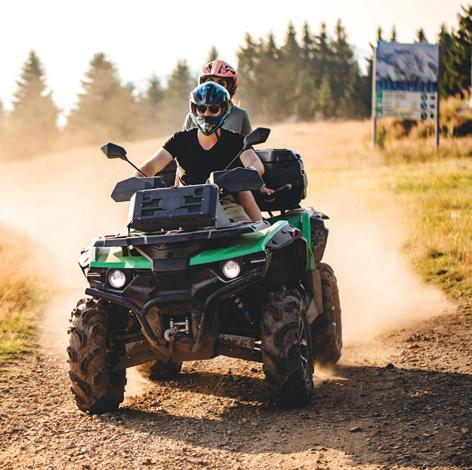


The Adirondack Mountain Club’s recent opening of two accessible sites at its Wilderness Campground at Heart Lake is just one example of efforts to make the Adirondack Park become more accessible.
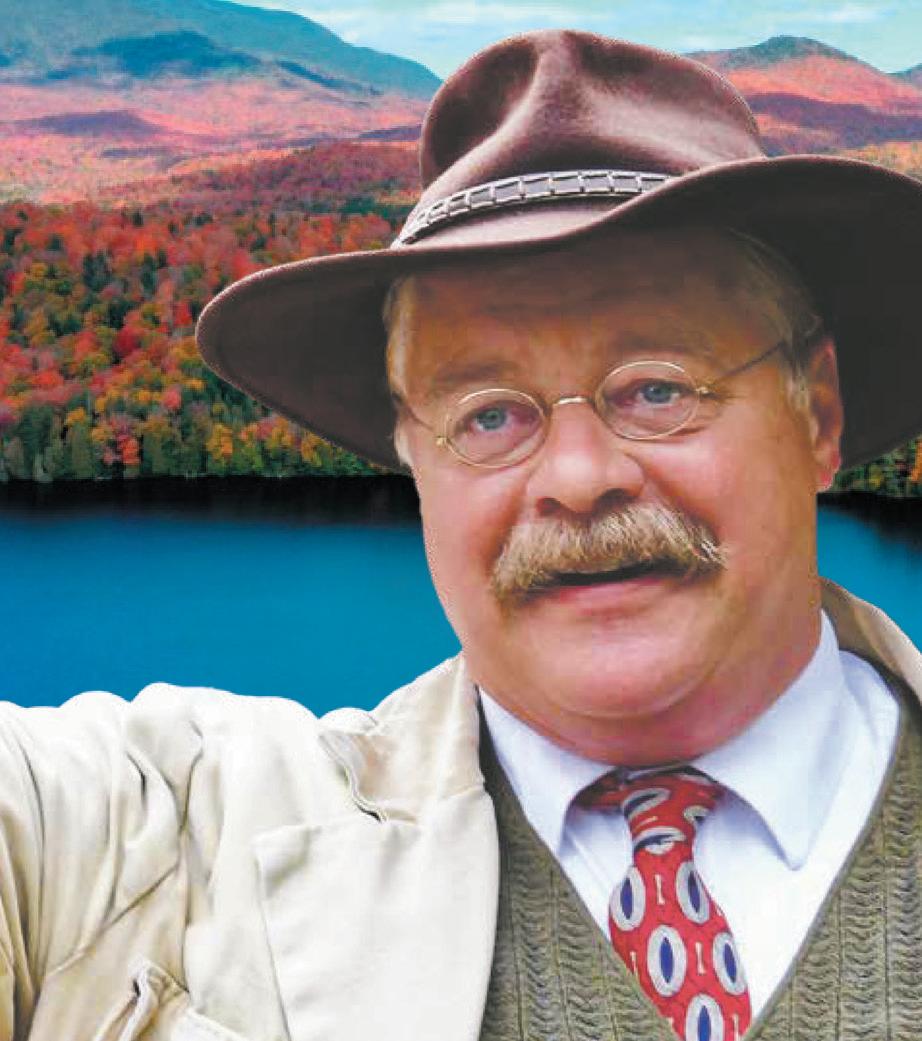

ADK announced the opening of those sites on Monday, Aug. 21. Both are built on compact stone surfaces, which allow ease of movement for wheelchairs and other mobility aids. They also have wheelchair-accessible picnic tables and fire rings equipped with accessible tools. One site includes a six-person canvas cabin with a ramp leading to the platform, while the other site is a blank canvas for campers to make their own during their stays.
“We wanted to make sure that the property itself was not only achieving (its) educational goals but also reaching as many people as possible and helping or supporting as many people as possible in their desire to participate in programs and to explore the outdoors, more generally,” ADK Director of Communications Ben-
jamin Brosseau said.
The new campsites come after ADK’s redesign of the High Peaks Information Center in 2018 to include more accessible features and the construction of an ADA-accessible washhouse in 2019. Both facilities neighbor the new campsites.
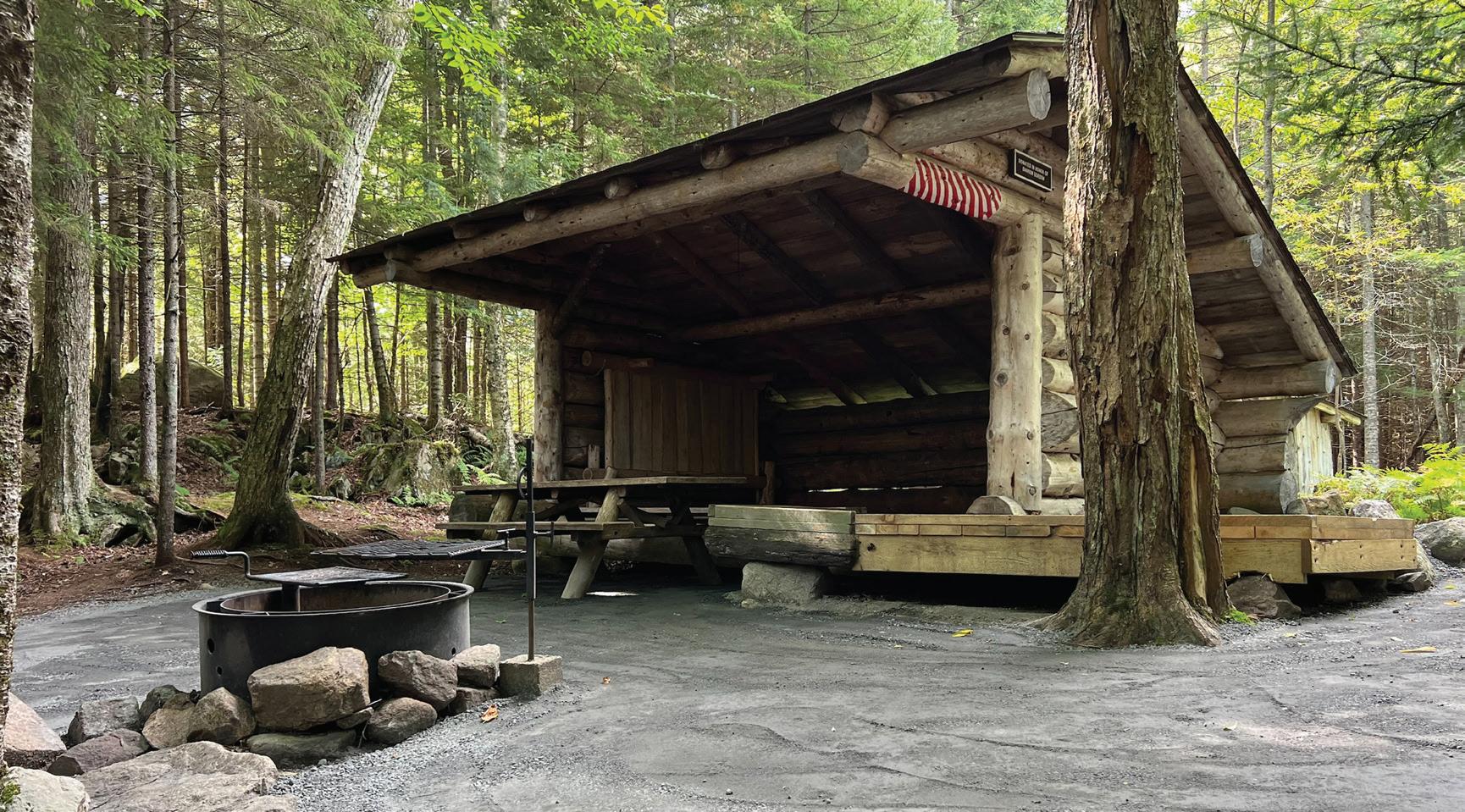


ADK’s new campsites were inspired by the completely accessible John Dillon Park near Long Lake, which is in its 17th year of operation.
“I think that especially in recent years, there’s been a big paradigm shift across the board, really, of just people becoming aware that




there needs to be more accessibility and rather than it be somebody’s obligation to comply with standards, it’s becoming more of a universal value among people as part of the whole diversity and inclusion movement,” John Dillon
Continued on page 9
Park outreach coordinator Jason Thurston said.
Thurston, a quadriplegic who has used a power wheelchair for 19 years, also serves as the chairman of the accessibility advisory committee to the state Department of Environmental Conservation.
According to Thurston, the outdoor accessibility movement has gained prevalence in recent years, especially in the Adirondacks. Both public and private recreation areas now have accessible campsites, fire rings, hiking trails, restrooms and fishing docks.
“The (John Dillon) park is literally the only thing like it in the country that we’ve found anywhere, as far as being fully accessible, backcountry, lean-to setup,” said Justin Demers, park manager at John Dillon Park. “So, as far as the Adirondacks go, of course there’s always large strides to be made, but they’re coming along.”
The park is set up for use by people of all abilities, according to Demers. Some features include nine accessible lean-tos, wheelchair accessible picnic tables and fire rings, accessible bear bags and accessible trails.
“(John Dillon Park) makes it so that people with disabilities can be
independent while they’re there and, so that way, they don’t have to depend on their friends and family,” Thurston said.
Both Brosseau and Demers indicated that their campgrounds are in high demand.
ADK hosted 18,300 guests at the Wilderness Campground last year, according to Brosseau. Of those thousands of guests, Brosseau estimates that there are plenty who would benefit from enhanced accessibility at campsites.
“I have no doubt there are people who have wanted to come here in the past who maybe didn’t feel comfortable, didn’t feel like there was enough there to support them. We’re hoping now that there is,” Brosseau said.
John Dillon Park — which has fewer campsites overall but more accessible sites than Wilderness Campground — currently sees about 40 day users daily and more than an 80% booking capacity for its 10 campsites, according to Demers.
On the public side of accessible camping and recreation, the DEC’s 2023 accessible features inventory lists 83 accessible campsites, 12 accessible restrooms, 24 accessible comfort stations, seven accessible pavilions or picnic areas and eight accessible boat launches or piers on public lands in the Adirondack
region.
Two DEC-operated campgrounds in the area — Scaroon Manor Campground and Day Use Area in Pottersville and Frontier Town Campground, Equestrian and Day Use Area in North Hudson — boast completely accessible facilities and a handful of accessible campsites each.
Closer to home, the Fish Creek Pond Campground and Day Use Area near Saranac Lake and Tupper Lake has 11 campsites, a seasonal restroom, a comfort station, a pavilion and a fishing pier that are all accessible. The adjoining Rollins Pond Campground also has an accessible restroom and comfort station, as well as nine accessible campsites.
Not all DEC campgrounds are set up for accessibility. Meadowbrook Campground and Day Use Area in Ray Brook, for example, has no accessible features or campsites, and the Wilmington Notch Campground and Day Use Area has a comfort station but has no accessible campsites.
The trail to accessibility
What is a camping trip without a hike? Accessible trails and other accessible interpretive features have been added across the region, with many more in development.
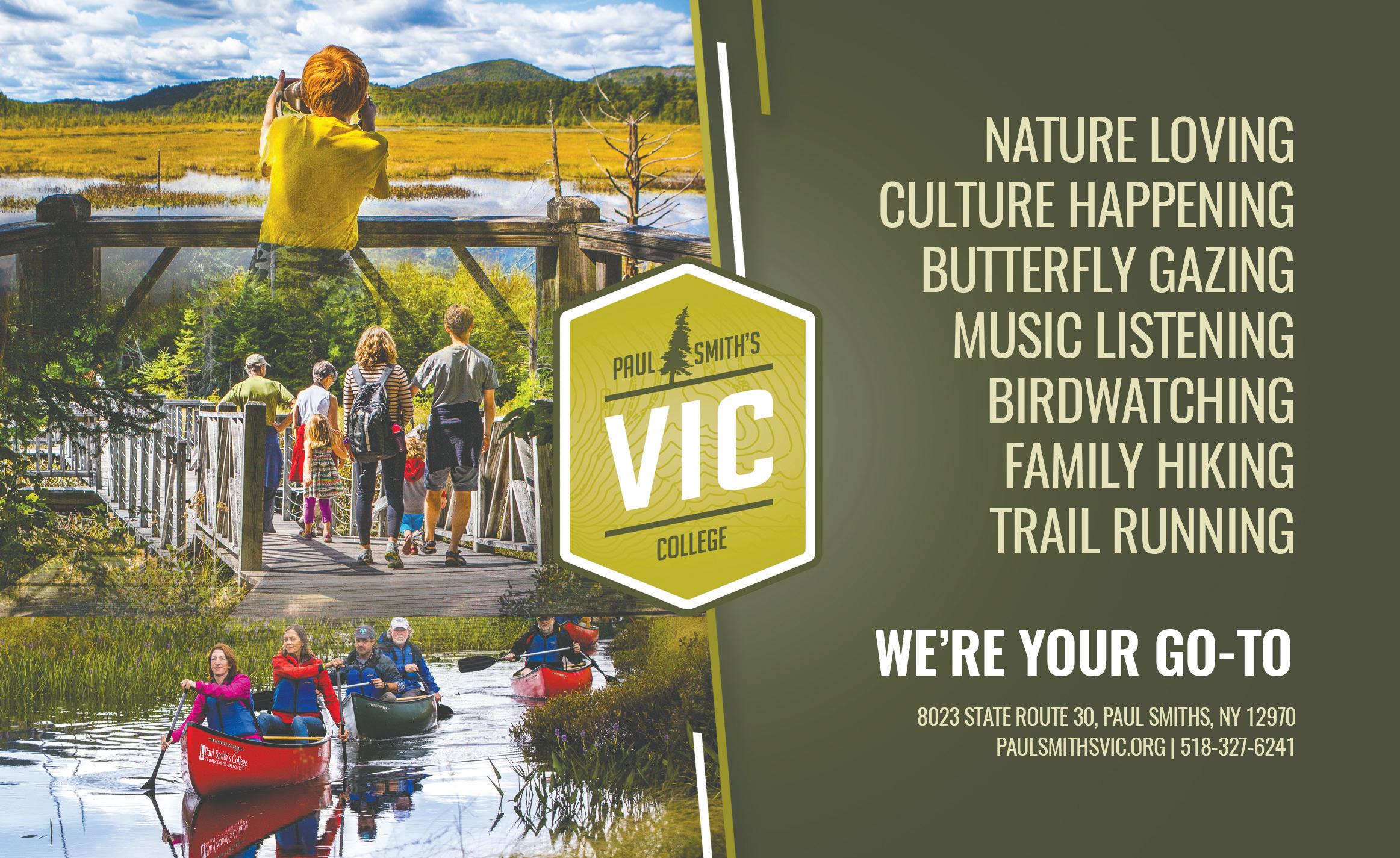
At the Paul Smith’s College Visitor Interpretive Center, which opened in 1989, there’s the Barnum Brook trail, an 0.6-mile loop built at a 3% grade with a crushedstone base. It was constructed to be completely ADA compliant and almost always remains so — except right now. Due to summer rain, parts of the trail are currently washed out and are now at a slightly steeper grade of 4 to 5%. A trail crew is expected to visit in September and restore the trail to its original ADA-compliant grade. Until then, the trail remains open, but some wheelchair users may find portions difficult.
Parts of the VIC’s Boreal Life trail — a one-mile loop — are also accessible. In addition, the VIC recently installed a forest megaphone, a large wooden structure that can help those who have difficulty hearing or experience sensory processing issues to hear the sounds of the forest.
Planning is also underway at ADK to build a completely accessible trail loop around Heart Lake, a redevelopment of the current trail. The project will require a lot of work due to the mountainous terrain that surrounds the lake, according to Brosseau. Following the planning process, ADK will
Continued on page 10
likely bring machinery in to grade the trail according to accessibility guidelines.
“It’s a very labor-intensive process. It’s a capital-intensive process but absolutely worth that investment so that more people can benefit,” Brosseau said. “There are not that many truly accessible trails in the Adirondack Park. Considering that, according to New York state, one in five people live with a disability, there need to be more ways that we can help people get outside and enjoy the outdoors because, you know, these are their lands, too.”
Across the region, parts of the forthcoming Adirondack Rail Trail — almost nine miles, according to Thurston — will be accessible, as well as a trail in development at the John Brown Farm State Historic Site.
Demers, who has helped build and redevelop accessible trails, believes that the future for accessibility lies in the willingness of developers to make trails and recreation areas accessible from the start.
“Instead of reverse-engineering ... ‘How do we make this accessible?’, when you go to engineer a project, it should just be thought of to be accessible for all from the get-go because it’s so much easier to plan ahead and everything from the economic standpoint — money spent and everything — if you plan ahead rather than refurbish. So rather than say there’s one feature here, it’s not a whole lot more to make the whole thing that way,” Demers said.
The Adirondack Land Trust, based in Keene, has plans for accessible trails at two new projects in the Tri-Lakes: the 238-acre Glenview property 5 miles north of Saranac Lake, which offers views of Whiteface Mountain and the McKenzie Range above meadow, forest and bog lands; and its newly purchased property at the corner of state Route 73 and the Adirondack Loj Road near Lake Placid.
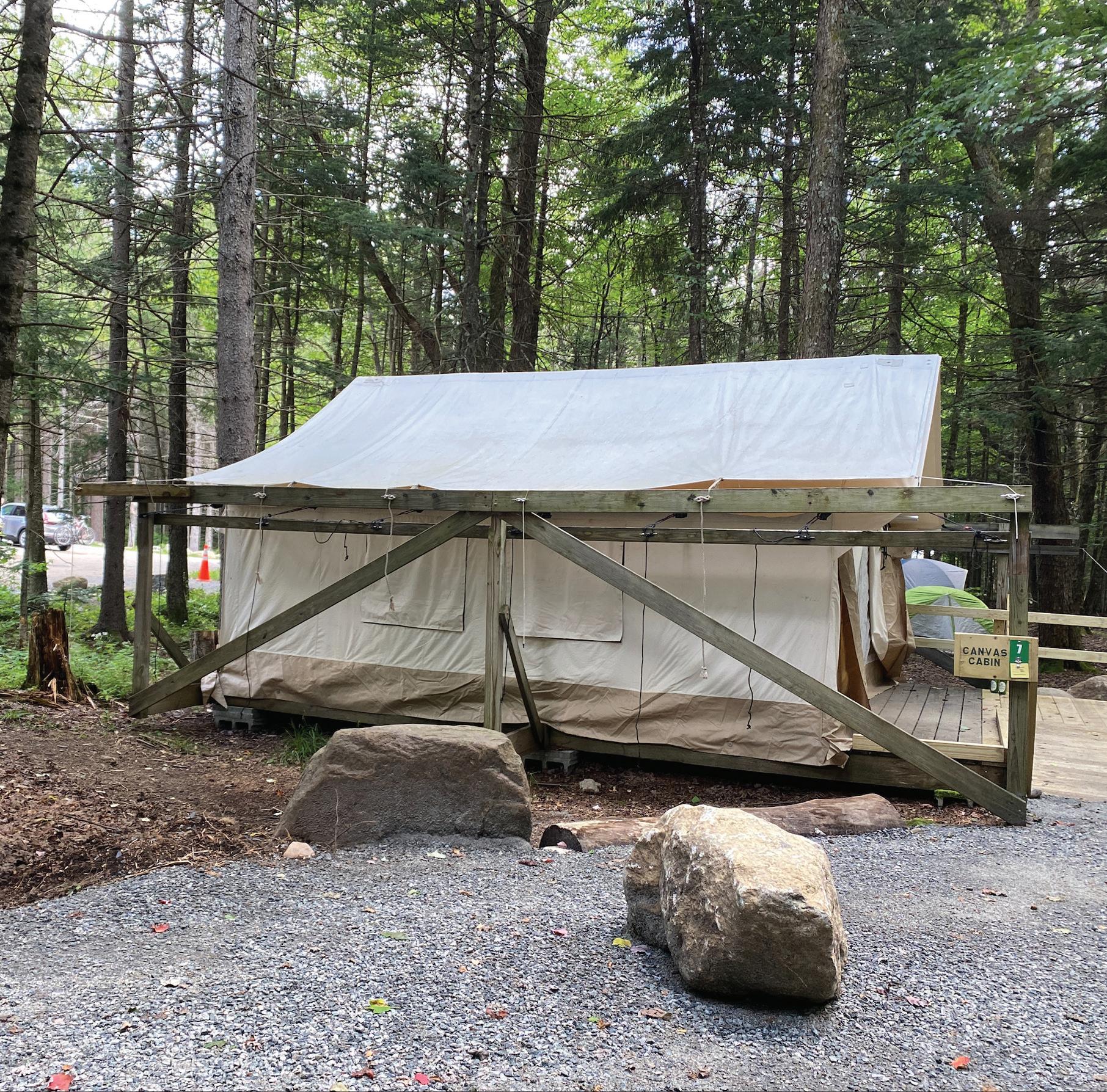

“We believe the terrain is conducive to accessible trails with a wide, durable surface on lowgrade inclines,” the Adirondack Land Trust states on its website. “These types of trails welcome people using wheelchairs, strollers, or walking aids, as well as those who prefer a walk in the woods to an alpine scramble.”
The Adirondack Land Trust says there are fewer than five miles of free wheelchair accessible nature trails within an hour’s
drive of Lake Placid.
“Addressing this unmet need will provide significant benefits to surrounding communities,” the website states.
Many guests who visit the park share how much the accessible backcountry means to them with staff. Demers and Thurston shared the story of one guest, a disabled veteran who served in Vietnam, who was so moved by his stay at John Dillon Park that he wrote a thank-you letter to park staff.
“Life has thrown a few curveballs along the way and age has caught up with me,” the guest wrote. “I am no longer able to camp at a lean-to on Long Lake ... I had to sell my boat and thought that camping, listening to the loons and all the wonders of the Adirondacks were in my past ... I have been looking forward to this camping trip all year and have brought my friend along. There are many great cathedrals but none compare to my cathedral without walls — the Adirondack
back country.”
Thurston agreed that the therapeutic nature of the woods, especially the Adirondacks, is important to people of all abilities.
“When I am at the park and I encounter people who, for whatever reason, haven’t been able to get a true wilderness experience ... and they finally get back to our trails at
Dillon Park, which are amazing as far as accessibility goes, but also the true backcountry get-awayfrom-it-all feeling that you get is unparalleled,” Thurston said. “I’ve shed tears of joy with other people, and that’s my lifeblood right there — to see how much of a difference it can make for people to get back in the woods.”

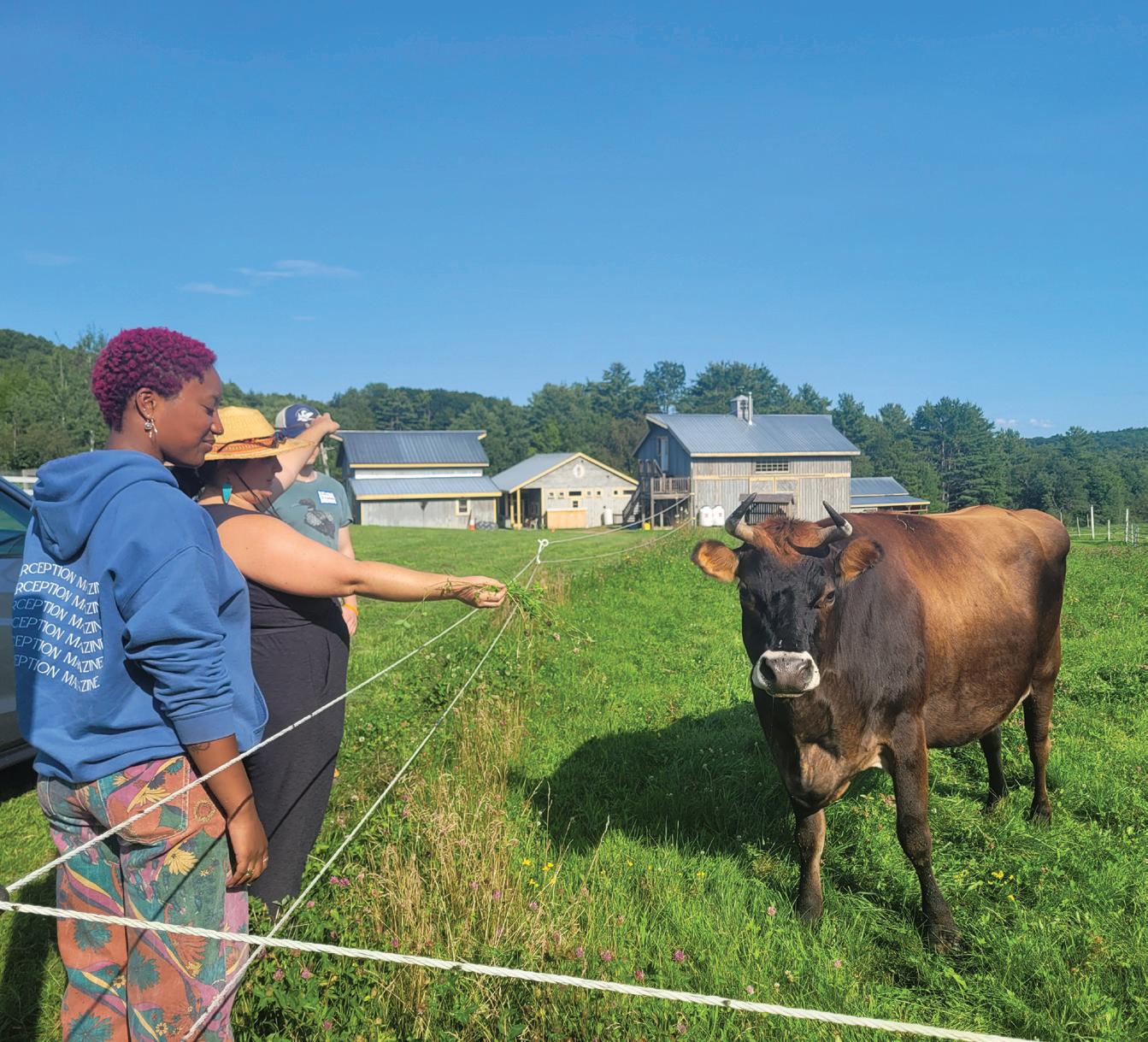


Champlain Area Trails hosted a special event in August that brought together over 40 Adirondack young professionals, emerging leaders, and their families. The event occurred at the gorgeous DaCy Meadow Farm and Creative Kitchen Garden in the heart of the Champlain Valley in Westport. CATS has a mission to create trails and preserve land while fostering a deep connection between people and the region’s natural beauty. CATS is committed to promoting the economic vitality of the Champlain Valley while preserving land as an accredited land trust.
This event was a momentous occasion for CATS, marking the first gathering of this generation of community members hosted by CATS. Attendees enjoyed the stunning garden while picking fresh vegetables and flowers and engaged in meaningful conversations while building lasting relationships. However, the event offered much more than just a platform for socializing. Guests
indulged in various delicious snacks provided by DaCy Meadow Farm. They strolled along the CATS trail at DaCy Meadow, all while basking in the tranquility and natural splendor surrounding them.
These events are a crucial part of CATS’ commitment to shaping the future of the Champlain Valley region. By bringing together this younger generation, CATS aims to foster community and inspire a collective passion for land conservation and public access to private lands. Through the shared appreciation of nature’s beauty, attendees left the event with a renewed sense of purpose and a commitment to preserving and protecting the land they call home.
CATS remains steadfast in its mission to create trails, protect land, and build a stronger, more vibrant community in the Champlain Valley. With events like these, they continue to pave the way for a brighter future, where people can connect with nature and the Champlain Valley thrives. A special thanks to Creative Kitchen Garden, and DaCy Meadow Farm, for partnering on this event and DaCy Meadow Farm for hosting a CATS’ trail available to the public year-round.

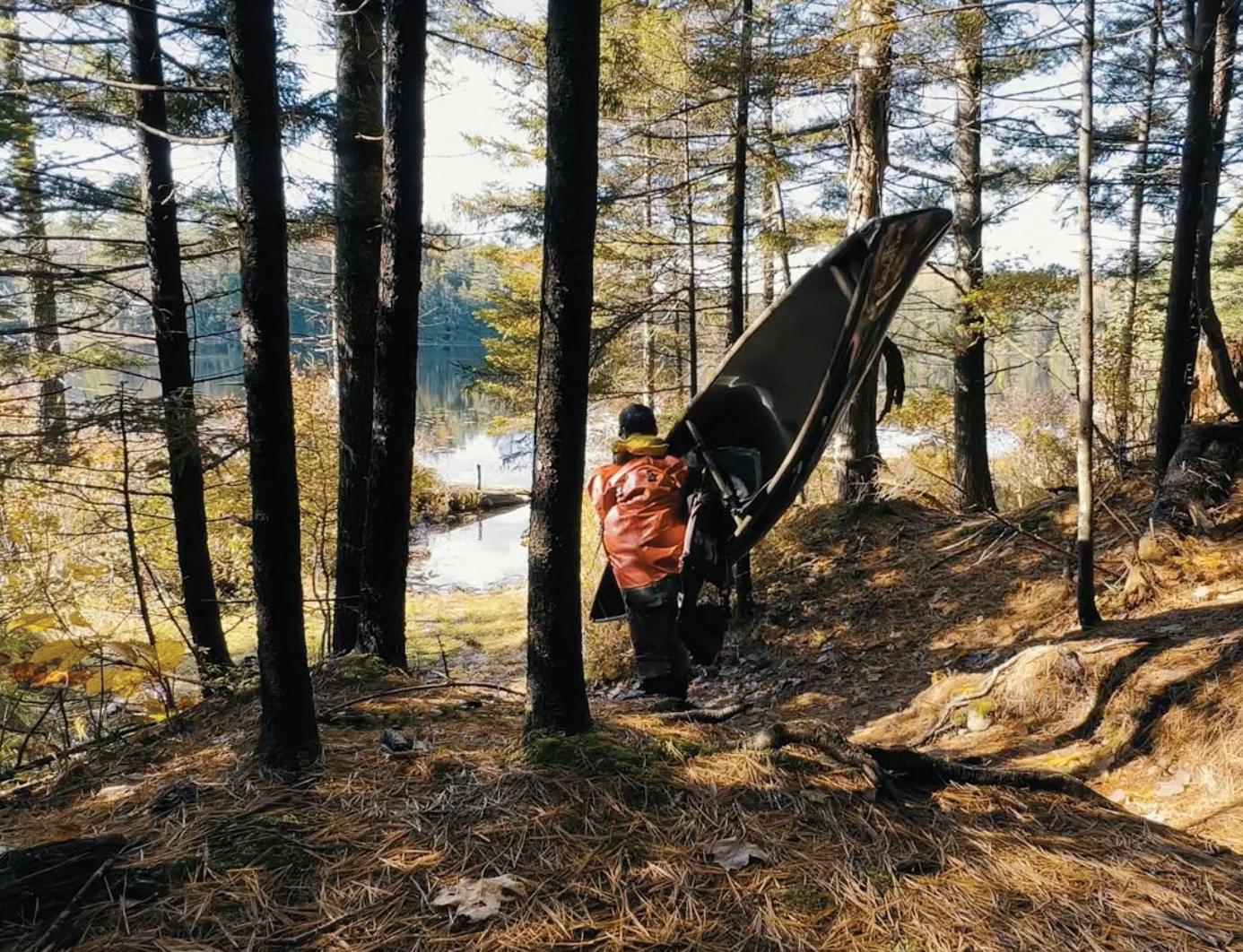
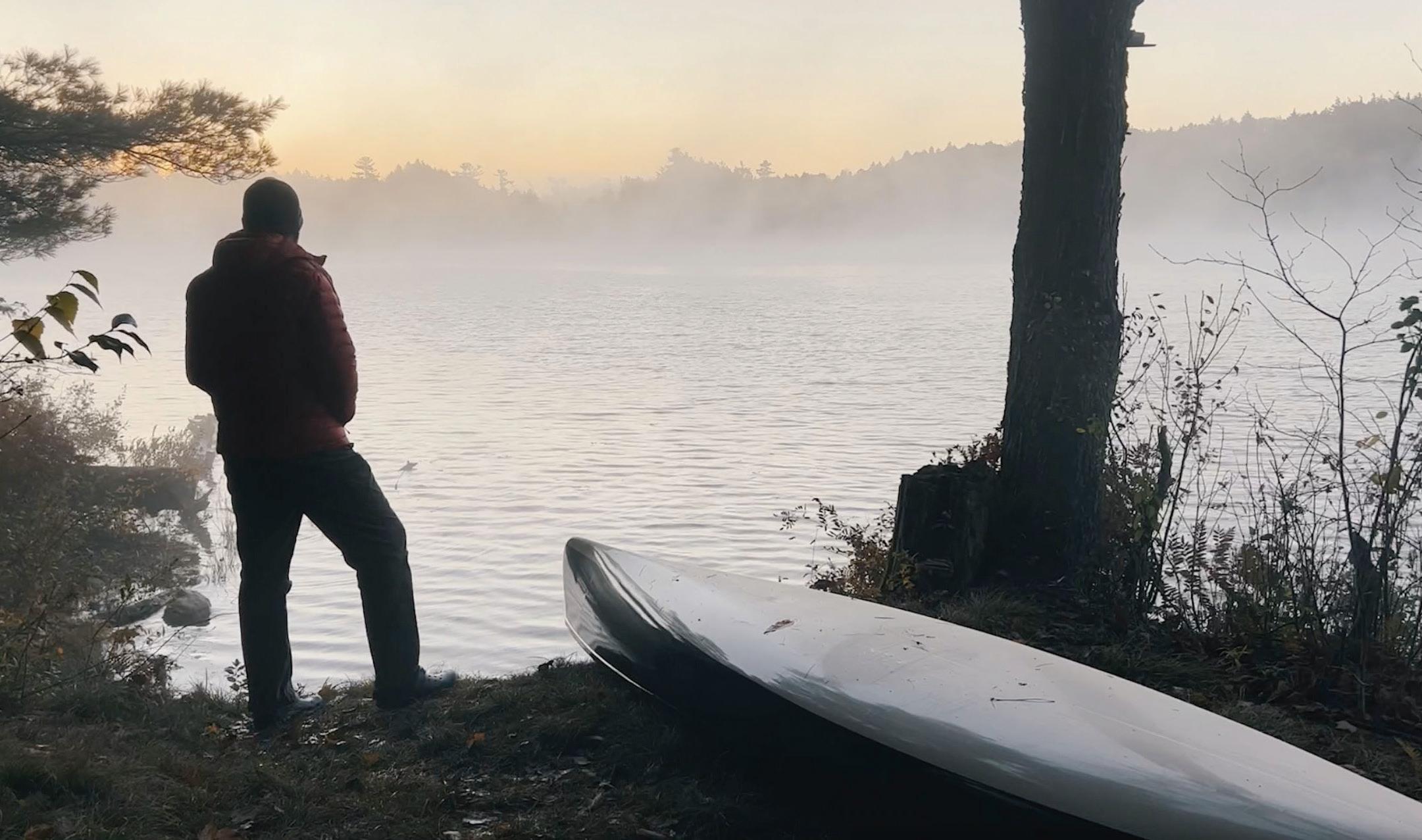
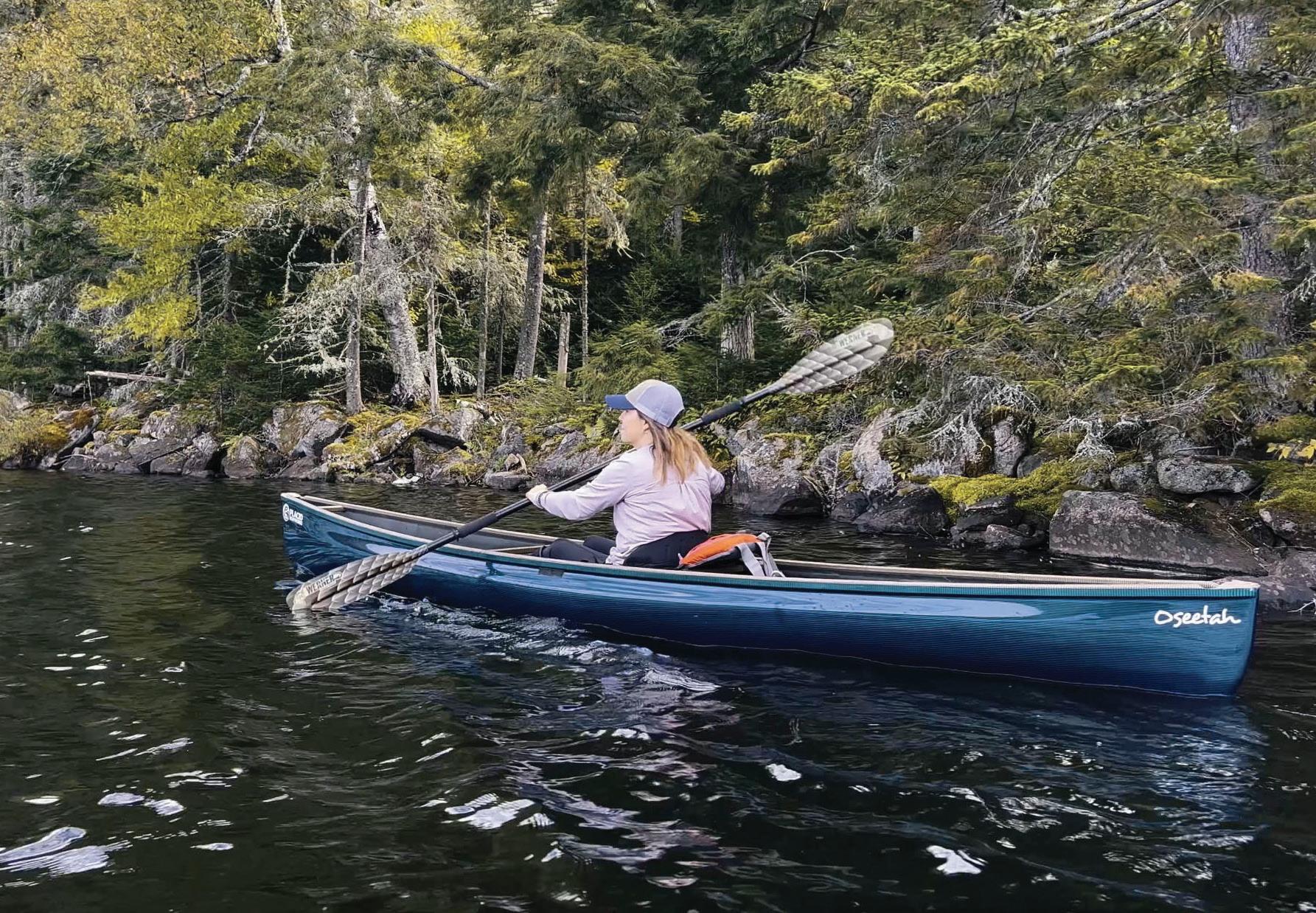

there is nothing more enjoyable than spending time in nature with others. Mountain Roots Guide Service provides guiding for fishing, ice fishing, hunting and other outdoor activities that you want to enjoy. Let's make memories that will last a lifetime!
Mountain Roots Guide Service LLC- Managing Member: Kelly Starkweather

Sure
The Hungry Trout Fly Shop
5239 Route 86, Wilmington, NY 12997 518-946-2117

flyfishing@hungrytrout.com
www.hungrytrout.com
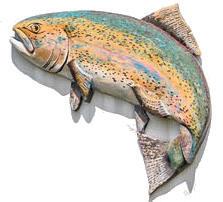
www.hungrytrout.com/fly-shop
Over 20 years of professional fly guiding and instruction. Premium fly fishing brands and seasoned, professional fly fishing guides. Lodging, dining, group and multi-day packages available. Voted 2017 “Best Outfitter” in Adirondack Life’s Readers’ Choice Awards.
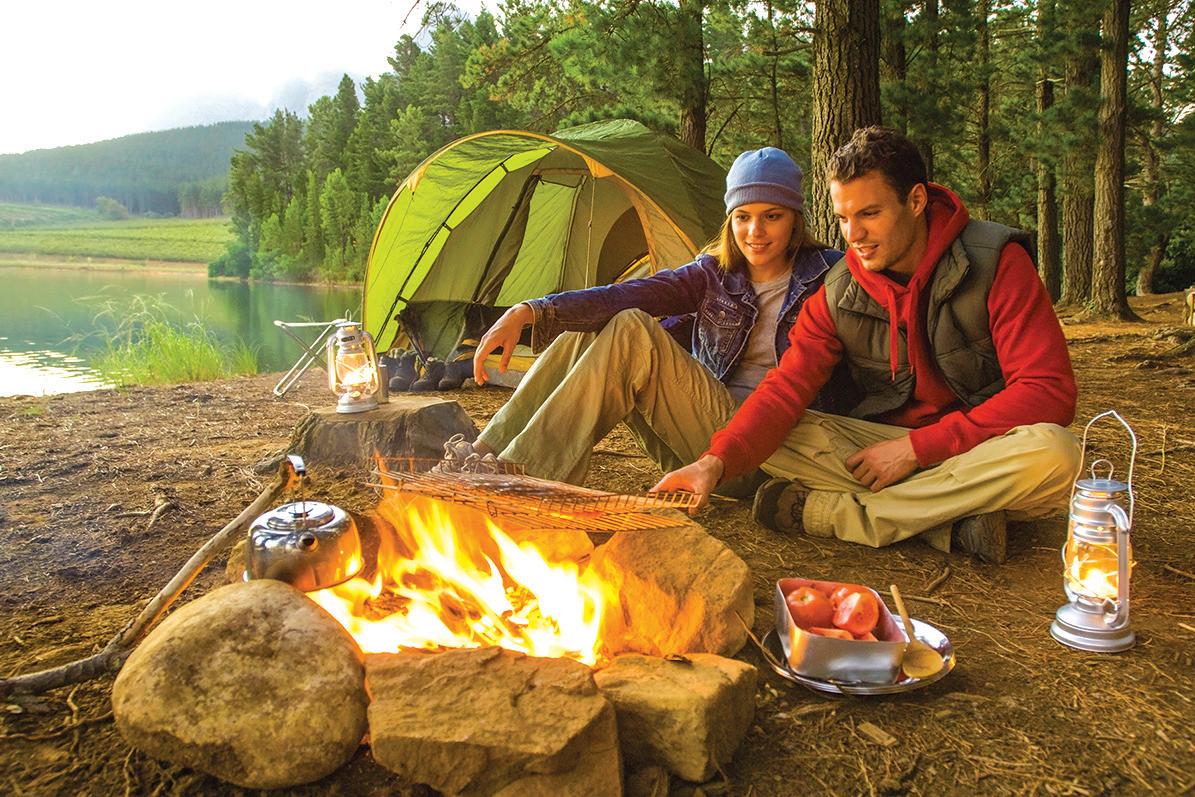
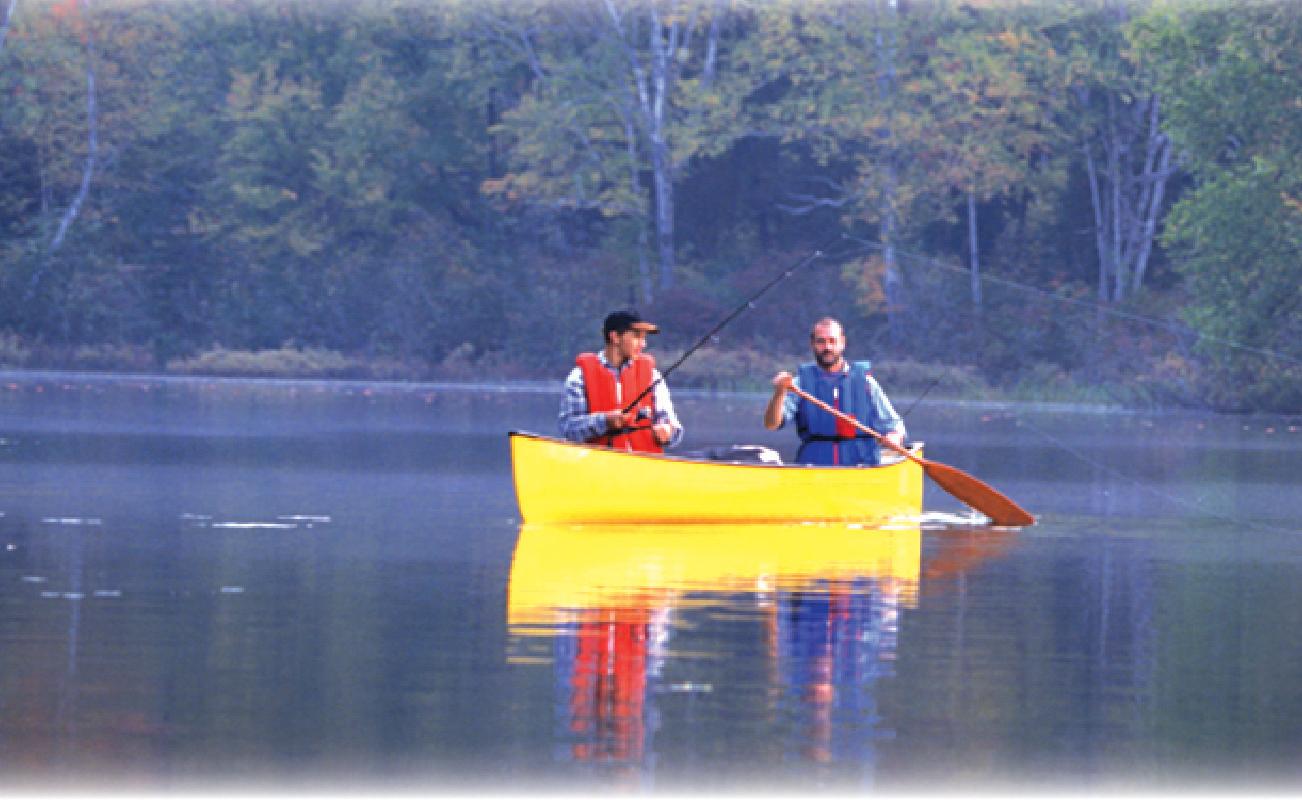
High Peaks Adventure Cycling
Dirt Camps, Bikepacking, Bicycle Touring, Mountain Biking, Lake Placid to Tupper Lake Rail Trail Tours
Shuttles, Tours, Guides, Lessons, Support Multi Adventure Days with Bike, Hike, Paddle, Overnight Trips, Private, Group, Clubs, Family, Schools
Brian Delaney
High Peaks Cyclery
High Peaks Adirondack Outfitters

Fly Fishing High Peaks Mountain Guides
“True to Our Roots” Since 1983
(518) 523-3764
www.highpeakscyclery.com


2733 Main St. Lake Placid, NY 12946

